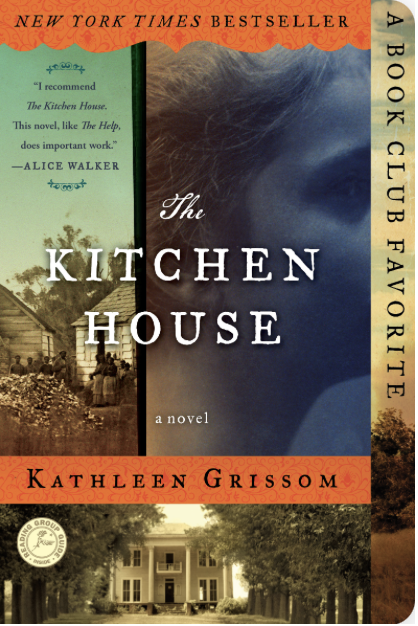
Recent Reviews


How To Read A Book by Monica Wood
Monica Wood’s novel How To Read A Book may not have the most compelling title, but within its pages lies a story rooted in grace and compassion. (Thanks to my sister-in-law Mary for recommending.) The story also illustrates how books possess the remarkable ability to influence, and even heal, those who read them. 4/5
Violet Powell was released from prison after serving time for killing a local teacher while driving under the influence. During her incarceration, Violet was part of a book group led by Harriet Larson. The book group served as a turning point in Violet’s life. Harriet Larson, a widow who leads the prison book group, purchases her books at the Portland, Maine bookstore where Frank Daigle works as the handyman. Each of these three individuals have endured personal trauma. When they encounter each other at this bookstore, their lives intersect dramatically as they realize their tragedies are intricately connected.
The narrative highlights how sharing personal stories and connecting through books can foster understanding and healing. By reflecting on the motivations and struggles of fictional characters, the characters in this novel better comprehend themselves and others. The books they read also serve as a source of comfort and guidance to them.
At its heart, the novel explores the ideas of chosen families, second chances, and redemption. In our current world often defined by mean-spiritedness, cruelty and judgment, this story offers a message of forgiveness, friendship, and the importance of found family. The novel ultimately reminds us that everyone is capable of change and connection.

The Kitchen House by Kathleen Grissom
The Kitchen House by Kathleen Grissom offers a unique and intimate perspective on the institution of slavery in America during the late 1700s. The story centers on Lavinia, a young white Irish girl who, after losing her parents on a ship bound for America, finds herself brought to a Virginia tobacco plantation by the ship’s captain. Lavinia is left in the Kitchen House, where she lives alongside the other slaves, all of whom are Black. At just seven years old, Lavinia is traumatized by the loss of her parents and is thrust into a world she cannot fully comprehend.
Lavinia quickly becomes attached to the slaves, especially Belle, the captain’s illegitimate daughter. Belle takes Lavinia under her wing, becoming a maternal figure and teaching her to cook, clean, and wait on the captain’s family. Lavinia’s bond with Belle and her family grows stronger over time, and she feels immense gratitude for their love and care. However, Lavinia’s skin color sets her apart in the eyes of the captain’s family.
As Lavinia grows older, she becomes aware of the rigid cruelty of the caste system based on skin color that governs life on the plantation. Her slave family attempts to educate her about the rules and expectations, but Lavinia struggles to understand the social structure that separates her from those she loves. Lavinia simply loves Belle and the other members of the Kitchen House and learns that she cannot openly express her affection toward them.
The historically based novel powerfully illustrates the absurdity of this racial hierarchy and exposes the ways in which white people projected their own negative behaviors onto their Black slaves. The fast-moving plot incorporates a diverse cast of characters and explores complex themes of loyalty, identity, and belonging. Lavinia must eventually assume a new role dictated by her skin color, and her loyalties to those she loves are put to the test.
The Kitchen House provides a distinctive perspective on the deep bonds of hope and love that can exist within chosen families, even in the face of cruelty and injustice. The story allows readers to empathize with the characters’ struggles and appreciate the difficult choices they must make as they navigate the harsh realities of plantation society.
Overall, the novel is a moving exploration of human connection and the enduring hope that sustains people through adversity. This novel is a compelling read, filled with emotion and historical authenticity. 4/5.
